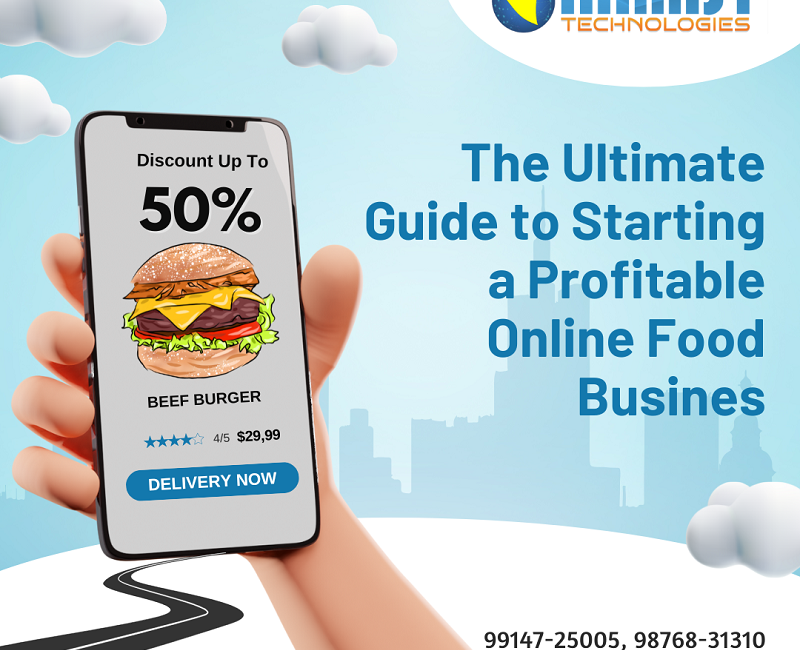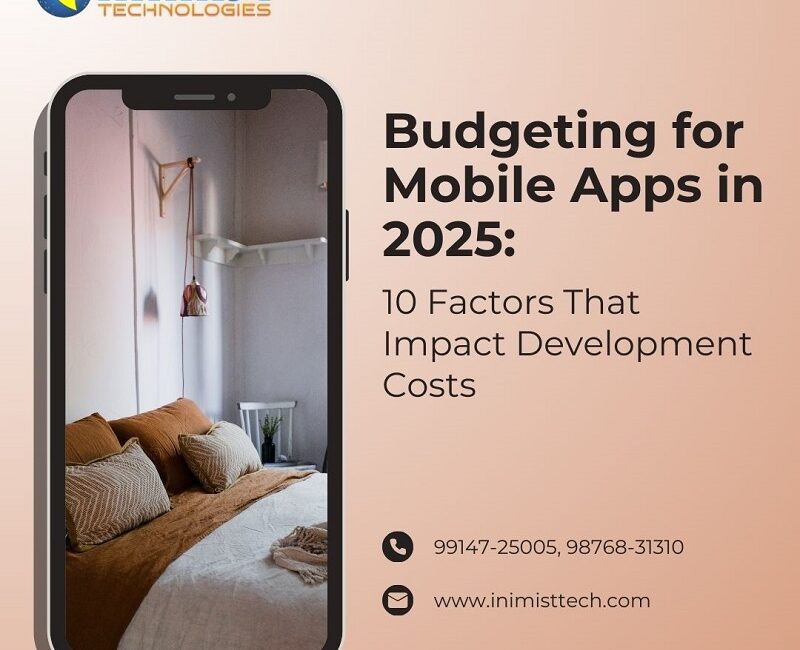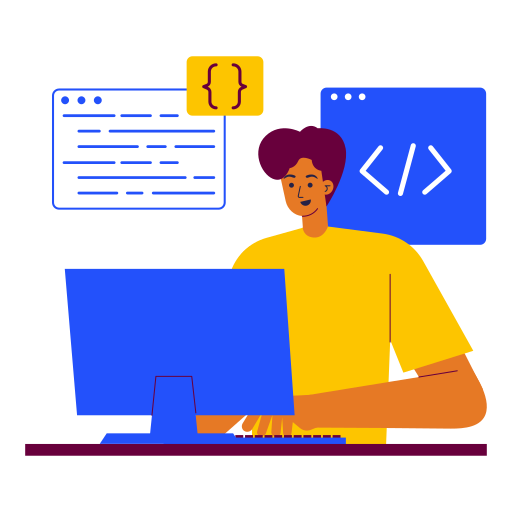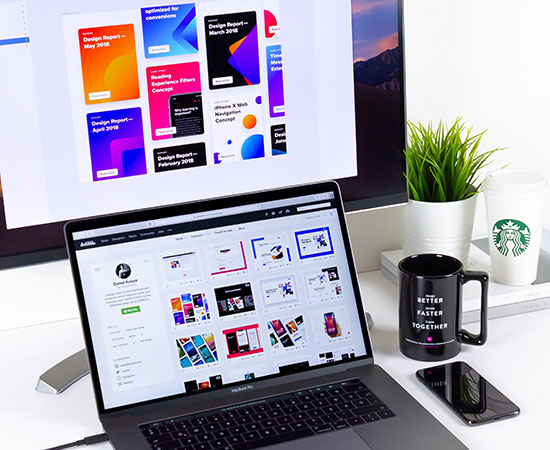
Inimist Tech | January 22, 2025
Ultimate Guide to Starting a Profitable Online Food Business
In the digital age, the culinary world has found a new home: the internet. With the rise of food delivery apps, virtual kitchens, and social media, starting an online food business has become one of the most exciting opportunities for aspiring entrepreneurs. Whether you’re a home cook, a trained chef, or a food enthusiast with a secret recipe, the online world can help you turn your passion into a profitable venture. This ultimate guide will walk you through every step needed to launch a successful online food business.

1. Find Your Niche
The online food space is crowded, so standing out is crucial. Start by identifying a specific niche. This could be based on:
-
Cuisine type: Vegan, gluten-free, keto, Indian street food, Korean BBQ, etc.
-
Dietary need: Diabetic-friendly, low FODMAP, high-protein meals.
-
Target audience: Busy professionals, fitness enthusiasts, parents with kids.
-
Product format: Baked goods, meal prep services, sauces, ready-to-eat meals.
Tip: Start small and specific. It’s easier to gain traction in a narrow niche before expanding your offerings.
2. Validate Your Idea
Before going all in, test whether people want what you’re offering. You can do this by:
-
Conducting surveys on social media.
-
Offering free samples to friends and collecting feedback.
-
Launching a pre-order form with a limited menu.
-
Creating a landing page to see how many people sign up or show interest.
A few positive responses can guide your next steps, while negative ones can save you from investing in the wrong idea.
3. Create a Business Plan
Even if it’s a small-scale operation, a business plan is essential. It helps you stay organized and attract potential partners or investors.
Key components to include:
-
Business model (home kitchen, cloud kitchen, etc.)
-
Start-up costs and funding
-
Pricing strategy
-
Target market and competitive analysis
-
Marketing plan
-
Short-term and long-term goals
4. Legal Requirements & Licensing
The food industry is regulated, and online businesses are no exception. You’ll need to comply with local food laws and safety guidelines.
Common requirements:
-
FSSAI license (for Indian food businesses)
-
Home kitchen inspection approval (if operating from home)
-
GST registration (for billing and taxation)
-
Fire and hygiene certificates (for larger setups)
-
Food handler’s certification (optional, but adds credibility)
Note: Check your country’s or state’s guidelines, as rules vary.
5. Set Up Your Kitchen
Depending on the scale of your business, you can either operate from:
-
Your home kitchen (suitable for small-scale baked goods or meal prep)
-
Shared commercial kitchens (rentable by the hour, ideal for startups)
-
Cloud/ghost kitchens (optimized for delivery, no dine-in)
Ensure your workspace is clean, organized, and equipped with the necessary items (oven, refrigerator, packaging station, etc.).
6. Develop a Standout Menu
Your menu is your product — make it shine. Here’s how:
-
Keep it short and curated when starting.
-
Focus on signature dishes or items that have high profit margins.
-
Price competitively while covering all your costs.
-
Offer meal combos, seasonal specials, or subscription boxes for repeat customers.
Use professional food photography to make your dishes look irresistible on digital platforms.
7. Build Your Brand
Your brand is more than just a logo. It’s how people remember and relate to your food.
-
Name: Choose something catchy, meaningful, and relevant to your niche.
-
Logo & design: Get a clean, professional logo. Use consistent fonts and colors.
-
Tone of voice: Decide if your brand is quirky, elegant, homely, or modern.
Bonus: Create a backstory. People love buying from brands with a purpose or personal touch.
8. Set Up Online Ordering Channels
You need a digital storefront where customers can place orders. Options include:
-
Your website (best for branding and full control)
-
Food delivery apps like Swiggy, Zomato, UberEats
-
Social media platforms (Instagram DM + payment link + delivery)
Use easy payment methods (UPI, credit cards, wallets) and ensure your ordering process is smooth.
9. Choose Delivery Partners
Timely and safe delivery is critical for food businesses.
-
Use platforms like Dunzo, Swiggy Genie, or Shiprocket.
-
Hire local delivery personnel if you operate in a limited zone.
-
Always use eco-friendly, spill-proof packaging.
Make sure the food arrives hot, fresh, and intact.
10. Market Like a Pro
Even the tastiest food won’t sell if no one knows about it. Here’s how to promote your online food business:
Social Media:
-
Share daily photos, behind-the-scenes content, reels, and customer reviews.
-
Use Instagram and WhatsApp to take orders or offer updates.
-
Partner with local food influencers.
SEO & Content:
-
Start a food blog with recipes and tips (great for Google search traffic).
-
Use SEO keywords like “best vegan lunch delivery in Mumbai.”
Paid Ads:
-
Use Facebook and Instagram ads to target your local audience.
Loyalty Programs:
-
Offer discounts on the 5th order or refer-a-friend bonuses.
11. Focus on Customer Experience
Happy customers = loyal customers.
-
Respond quickly to queries and feedback.
-
Include thank-you notes, surprise goodies, or coupons in deliveries.
-
Ask for reviews and testimonials—post them proudly.
12. Track Your Finances
Use simple tools like Google Sheets or accounting apps like QuickBooks to track:
-
Daily sales
-
Ingredient costs
-
Packaging and delivery charges
-
Marketing expenses
-
Profits and losses
This helps you understand your business health and areas for improvement.
13. Scale Your Business
Once you’ve found product-market fit and steady orders, think of:
-
Expanding to other locations
-
Launching your product line (sauces, mixes, desserts)
-
Offering meal subscriptions
-
Collaborating with cafes, offices, or schools
Final Thoughts
Starting a profitable online food business is not just about cooking great meals — it’s about building a brand, delighting your customers, and growing steadily. The digital world has broken down traditional barriers of location, capital, and infrastructure. With the right mix of passion, planning, and persistence, your dream food venture is just a click away.
Bon appétit and good luck!
Read Also:
Navigating the Future: Top Web Design Trends for 2025
How Fitness Apps Drive Client Retention and Growth
Latest Posts
-

Fitness App Development in 2025: The Ultimate Guide for Success
November 5, 2025 -

-

IT Companies in Mohali The Impact of Mobile Apps
July 3, 2025 -

Mastering Mobile App Development in 2025
June 3, 2025 -

